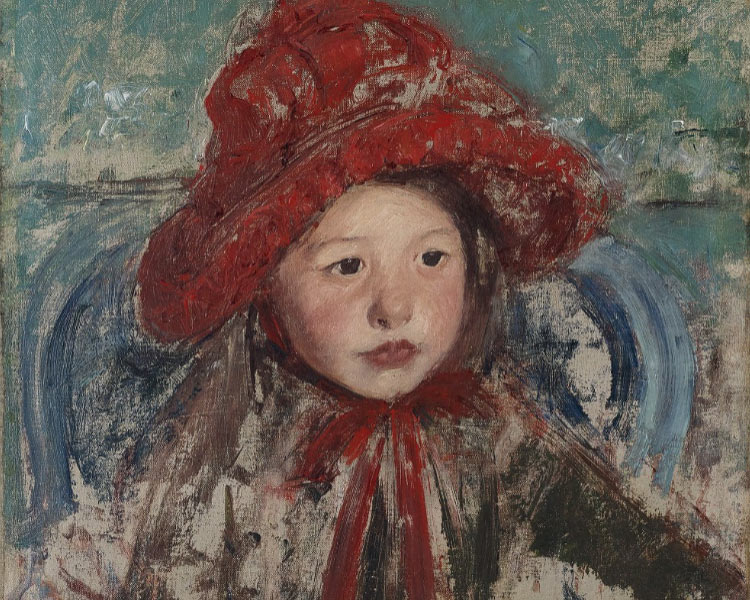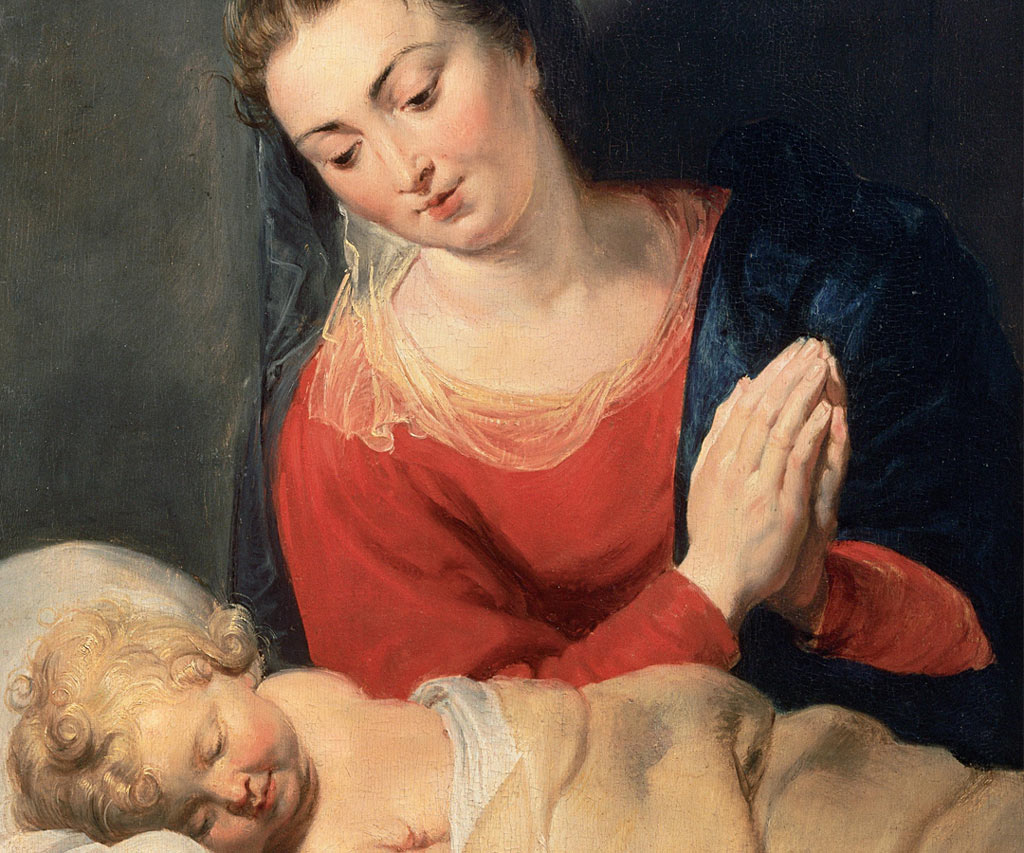Object Lessons: travelling exhibition visits the Speed Art Museum

From September 29, 2023, to January 7, 2024, the Speed Art Museum, Louisville, hosts “Object Lessons in American Art”, drawn from the Princeton University Art Museum’s collections.
Source: Princeton University Art Museum · Image: Mary Cassatt, “Little Girl in a Large Red Hat” (detail), ca. 1881
American art made across four centuries will be the subject of a far-reaching new traveling exhibition organized by the Princeton University Art Museum. Object Lessons in American Art, drawn entirely from the Museum’s venerable collections, presents more than one hundred works of Euro-American, African American, and Native American art, created between the eighteenth century and today, to ask fundamental questions about artistic significance and how meaning changes across time, place, and context.
The exhibition, curated by Karl Kusserow, the Art Museum’s John Wilmerding Curator of American Art, focuses in particular on race, gender, and the environment and will display approximately one hundred artworks in thirty discrete groups, each intended to provoke new considerations and raise timely questions about American history and culture. These juxtapositions serve as “object lessons”—gatherings of tangible artifacts that communicate an embodied idea or an abstract concept—to anchor debates about the country’s complex social, racial, and political history, thereby expanding our ideas about American art history.
“’Object Lessons in American Art’ builds on centuries of collecting at Princeton that continues robustly today to re-examine objects both beloved and little known and, in doing so, affords opportunities to interrogate the American past and present in profoundly relevant ways,” notes James Steward, Nancy A. Nasher–David J. Haemisegger, Class of 1976, Director. “It invites the exhibition visitor into an active role in their own meaning-making.”
The exhibition emphasizes how a broad array of artists contended with, sometimes by obscuring, the most pressing issues of their—and our own—time. Included in the exhibition are works by the enslaved potter David Drake, whose craft was a bold statement of resistance, and the artist Frederic Remington, who represented the “Wild West” in ways that stereotyped both white settlers and Native Americans, alongside recent works by contemporary artists such as Rande Cook, Renee Cox, and Titus Kaphar. One section will feature three iconic portraits of George Washington, including one by Rembrandt Peale that lionizes the first American president as a godlike celebrity together with a photograph by Luke C. Dillon of the ruins of the slave quarters at Washington’s home, Mount Vernon, to remind us of the complexities of the man and his legacy.
Follow us on:


